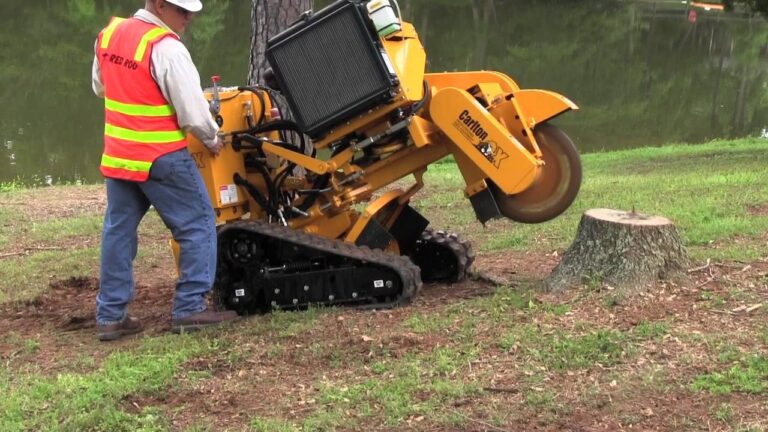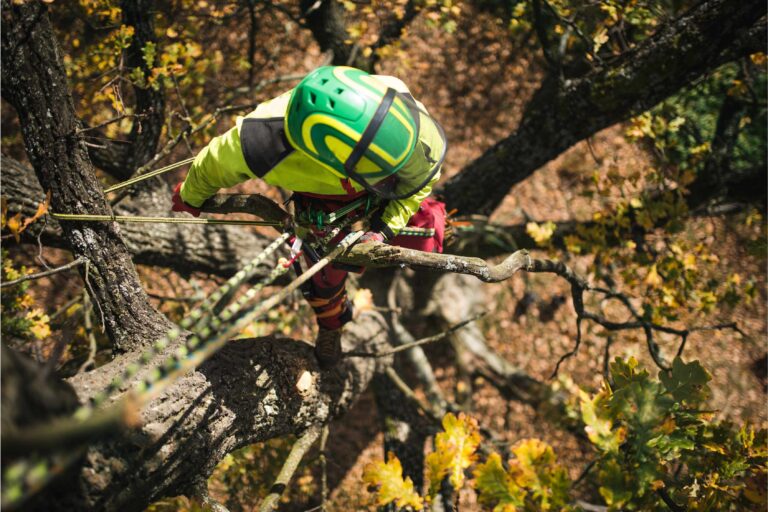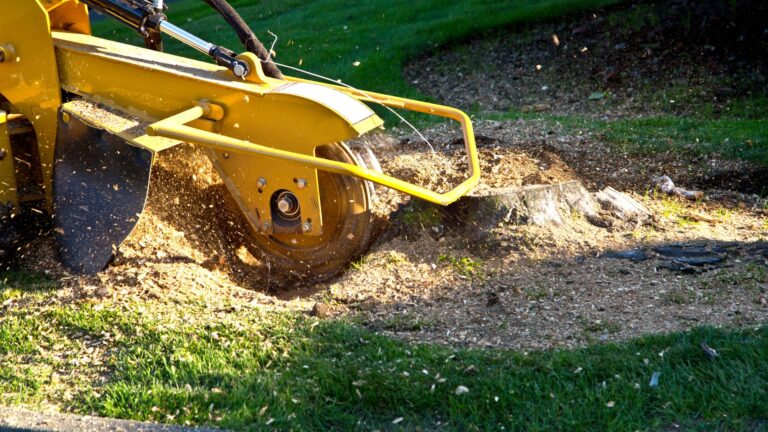Tree removal can be a necessary and sometimes daunting task for property owners. Whether it’s due to safety concerns, space constraints, or simply aesthetic reasons, understanding the cost factors involved in tree removal is essential for planning and budgeting purposes. In this article, we will explore the various factors that influence the cost of tree removal, from tree size and species to location and accessibility. We will also delve into how potential hazards and additional services can impact pricing, as well as the seasonal variations that may affect the cost. By the end of this article, you will have a better understanding of what goes into determining the price of tree removal and be better equipped to make informed decisions about your tree care needs.
Understanding the Basics of Tree Removal Pricing
When it comes to tree removal pricing, there are several key factors to consider. One of the primary considerations is the size of the tree in question. Larger trees generally require more time, effort, and equipment to remove, which can result in higher costs. Additionally, the type of tree species also plays a role in pricing. Certain species may have dense or intricate root systems, making removal more challenging and time-consuming. Understanding these basic factors can help you assess the potential cost of removing a tree from your property.
The Role of Tree Size in Cost Determination
The size of a tree is often a significant factor in determining the cost of removal. Larger trees, such as towering pines or massive oaks, require specialized equipment, such as cranes or aerial lifts, to safely and efficiently complete the job. The need for this additional equipment adds to the overall cost of the tree removal. Moreover, the larger the tree, the greater the risk it poses during removal. As a result, tree pruning and tree removal professionals must take extra precautions, such as securing surrounding structures or power lines, which can further increase the cost.
Furthermore, the size of the tree can also impact the disposal process. After a tree is removed, it needs to be properly disposed of. Larger trees produce a greater volume of debris, which may require multiple trips to the disposal site or the use of larger trucks. These additional logistical considerations can contribute to the overall cost of tree removal.
How Tree Species Affects the Price
Another factor that can influence the cost of tree removal is the species of the tree. Some species, like evergreens, may have roots that spread extensively, making excavation and root removal more labor-intensive. Other trees, such as those with brittle or expansive branches, may require careful pruning or branch removal to prevent damage during the removal process. These additional considerations can contribute to an increase in the overall cost of tree removal.
In addition to the physical characteristics of the tree, the species can also affect the availability and cost of disposal options. Certain tree species may have wood that is highly sought after for lumber or other purposes, which can offset some of the removal costs. On the other hand, some trees may have wood that is less valuable or even considered a waste product, which can increase the disposal costs. The market demand and local regulations regarding the disposal of specific tree species can impact the overall pricing.
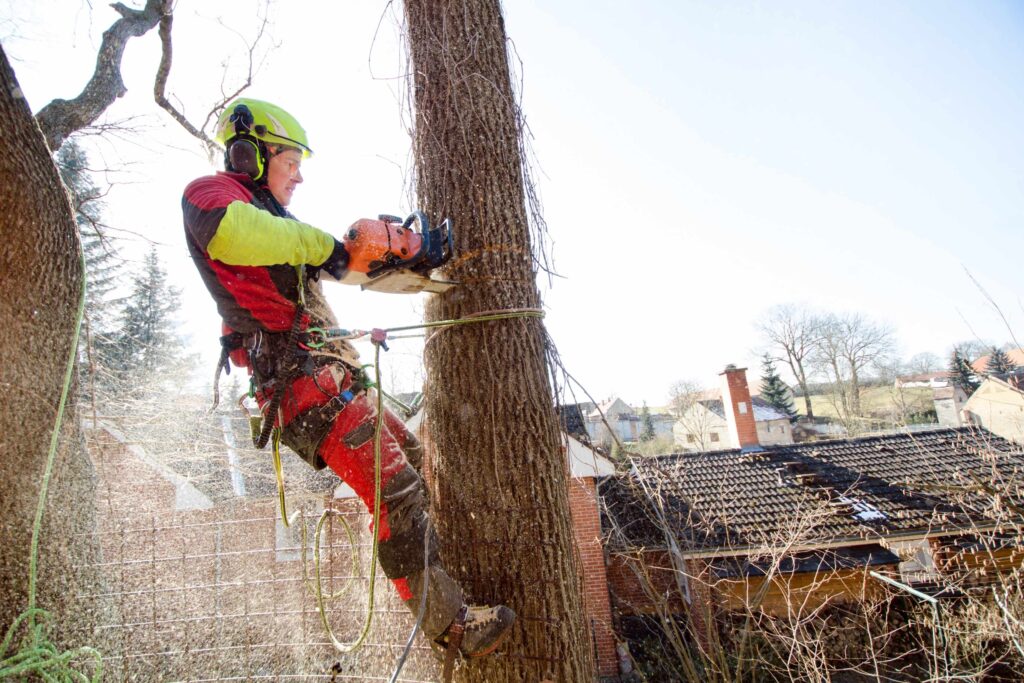
The Impact of Location and Accessibility on Tree Removal Cost
The location and accessibility of the tree to be removed are important factors to consider when determining the cost of tree removal. These factors can affect the ease of access for the tree removal team and the amount of time required to complete the job.
Furthermore, the type of tree and its size can also play a significant role in determining the cost of removal. Larger trees or those with extensive root systems may require more labor and specialized equipment to safely and efficiently remove, adding to the overall cost of the job.
The Influence of Urban vs. Rural Settings
In urban settings, where space is often limited and properties are closely situated, tree removal can be more complex. Removing a tree in a densely populated area may require additional measures to prevent damage to surrounding structures or landscapes. On the other hand, in rural settings where properties are more spread out, tree removal may be less complicated and less costly.
Moreover, in urban areas, obtaining permits for tree removal may be necessary due to local regulations and ordinances. This additional step can add to the overall cost and time required to complete the job, as permits may need to be obtained before any work can begin.
Accessibility and Its Effect on Pricing
The accessibility of the tree also impacts the cost of removal. If the tree is located in a hard-to-reach area or requires specialized equipment to access, such as removing trees from slopes or steep terrain, the overall cost of removal will likely be higher. Accessibility considerations can also include factors such as proximity to roads or narrow pathways, which may require additional time and effort to remove the tree.
Additionally, the presence of obstacles such as power lines, buildings, or other structures near the tree can also affect the cost of removal. Tree removal teams may need to take extra precautions or use specialized techniques to safely navigate around these obstacles, adding to the overall complexity and cost of the job.
- Preparing for Tree Removal Service: What Sydney Homeowners Should Do
- Tree Removal Pricing: What Factors Influence the Cost?
- Comprehensive Guide to Stump Removals and Tree Root Removal Services
- Stump Grinding Sydney: The Ultimate Solution for Tree Stump Removal
- Choosing a Green Waste Removal Company: Expertise You Can Trust
The Role of Potential Hazards in Tree Removal Pricing
Removing trees that pose potential hazards requires extra precautions and expertise, which can increase the overall cost of removal. These hazards can include power lines and other obstructions, as well as dead or diseased trees.
Tree removal companies often factor in potential hazards when providing cost estimates for their services. Understanding the specific risks associated with each tree removal job allows them to allocate the necessary resources and manpower to ensure a safe and efficient removal process. By assessing the potential hazards upfront, tree removal professionals can plan and execute the job with precision, minimizing the likelihood of accidents or damage.
Power Lines and Other Obstructions
When trees are located near power lines or other obstructions, their removal becomes more complex and potentially dangerous. Specialized techniques and equipment, such as insulated tools or crane-assisted removal, may be necessary to safely remove the tree without causing damage to surrounding infrastructure. These added precautions and equipment can significantly impact the cost of tree removal.
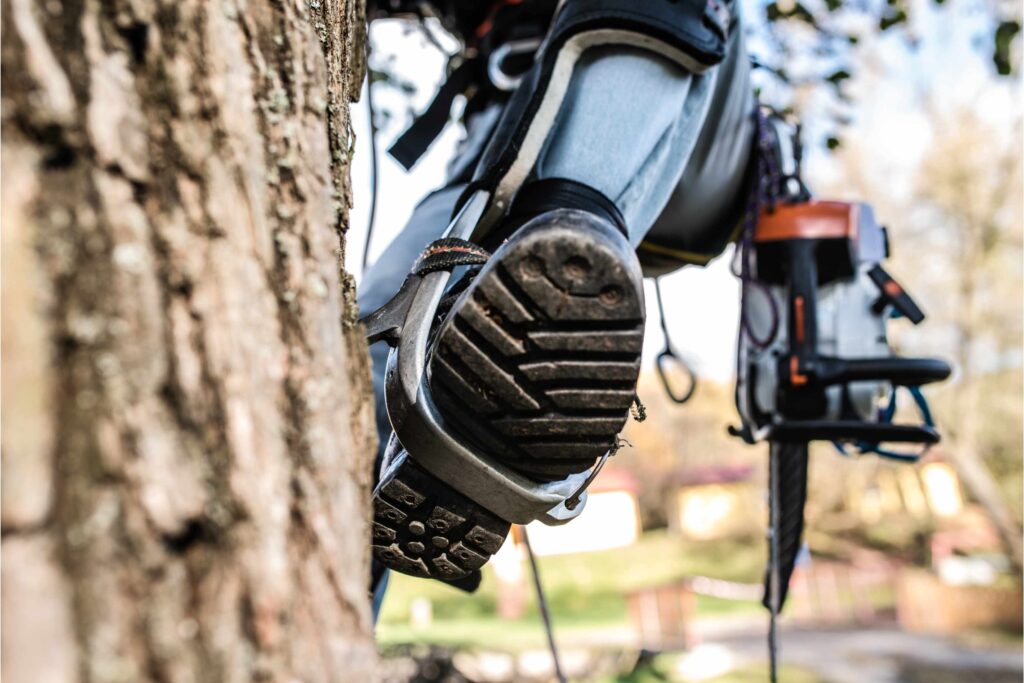
Furthermore, tree removal near power lines requires coordination with utility companies to ensure safety and compliance with regulations. Tree care specialists must follow strict guidelines to prevent electrical hazards and service disruptions while carrying out the removal process. This coordination adds an extra layer of complexity to the job, contributing to the overall cost of tree removal in such scenarios. Click here to read about Funding for community tree planting events.
Dead or Diseased Trees: A Cost Factor
Dead or diseased trees pose unique challenges during removal. Dead trees are often more brittle and unstable, requiring careful dismantling to prevent injury or property damage. Diseased trees may require additional measures, such as quarantine protocols or specialized disposal methods, increasing the overall cost of removal. Taking into account the potential hazards associated with dead or diseased trees is essential when determining the cost of removal.
In some cases, tree removal companies may need to work in collaboration with arborists or plant pathologists to assess the extent of tree diseases and formulate a safe removal plan. These additional consultations and expertise add to the overall cost of the project but are crucial in ensuring the health and safety of the surrounding environment. By investing in proper diagnosis and treatment of diseased trees, property owners can mitigate risks and promote the long-term well-being of their landscape.
Additional Services and Their Impact on Cost
Tree removal is often more than just cutting down the tree itself. Some additional services may be necessary or desired, such as stump removal, debris clean-up, and tree health assessment. These services can impact the overall cost of tree removal and contribute to the health and aesthetics of your landscape.
When considering tree health assessment as an additional service, arborists evaluate the overall health of the tree, identifying any diseases, infestations, or structural issues that may affect its stability and longevity. This assessment can help determine if the tree needs to be removed or if treatments can be applied to improve its health, potentially saving the tree and reducing the overall cost of removal.
Stump Removal and Its Cost Implications
After a tree is cut down, the stump remains in the ground, often unsightly and potentially posing tripping hazards. Stump removal is an additional service that can be done alongside tree removal or as a separate job. The cost of stump removal varies depending on factors such as stump size, accessibility, and desired restoration of the area. Including stump removal in the tree removal process will increase the overall cost.
The Cost of Debris Removal and Clean-up
Tree removal generates a significant amount of debris, including branches, leaves, and trunk sections. Proper disposal and clean-up are necessary to restore the area and prevent potential hazards. Some tree removal services include debris removal and clean-up as part of their package, while others may charge an additional fee. Considering the cost of debris removal and clean-up is crucial when budgeting for tree removal.
Seasonal Variations in Tree Removal Pricing
As with many services, tree removal pricing can vary depending on the time of year. Understanding these seasonal variations can help you plan and potentially save on the cost of tree removal.
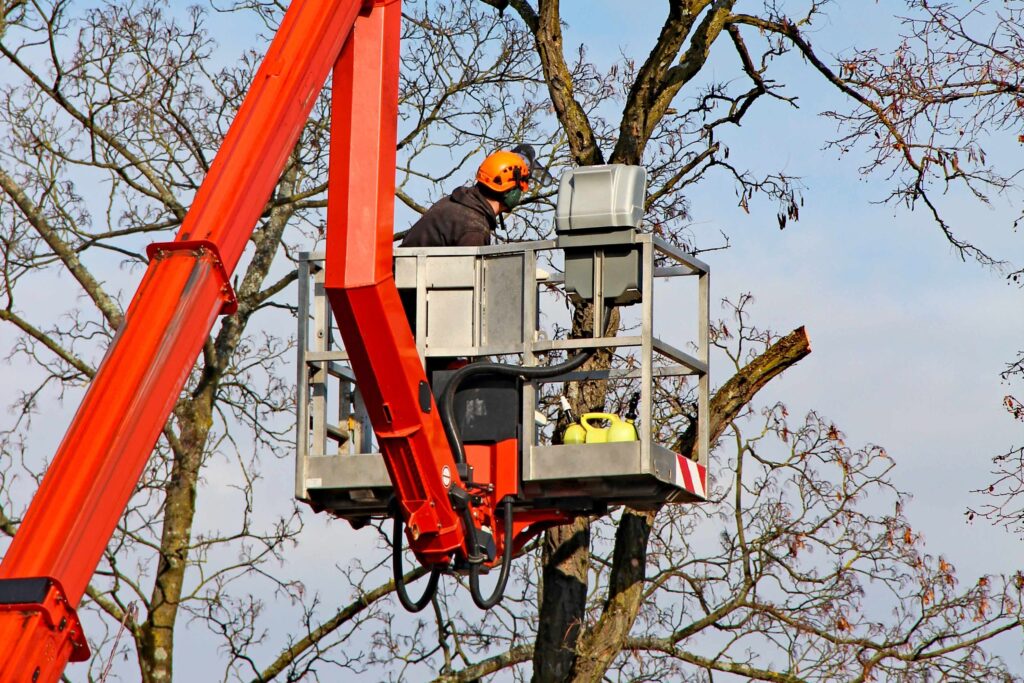
Off-Season Discounts and Their Impact on Cost
During off-peak seasons, when tree removal services may be less in demand, some companies offer discounts or reduced rates to attract customers. If your tree removal needs are not urgent or time-sensitive, scheduling the job during the off-season can result in cost savings. It’s essential to inquire about any potential off-season discounts when obtaining quotes for tree removal.
Peak Season Rates: What to Expect
Conversely, peak tree removal season, typically in the warmer months, can result in higher demand for tree removal services. Increased demand can lead to higher rates and longer lead times. If you require tree removal during peak season, be prepared for potentially higher costs and longer wait times. Planning ahead and scheduling the job well in advance can help mitigate these factors.
In conclusion, tree removal pricing is influenced by a variety of factors. These factors include tree size and species, location and accessibility, potential hazards, additional services, and seasonal variations. Understanding these factors and their impact on pricing can help you make informed decisions and budget effectively for your tree removal needs. Consulting with professional tree removal services is essential to obtain accurate quotes and ensure the safe and efficient removal of trees from your property.

